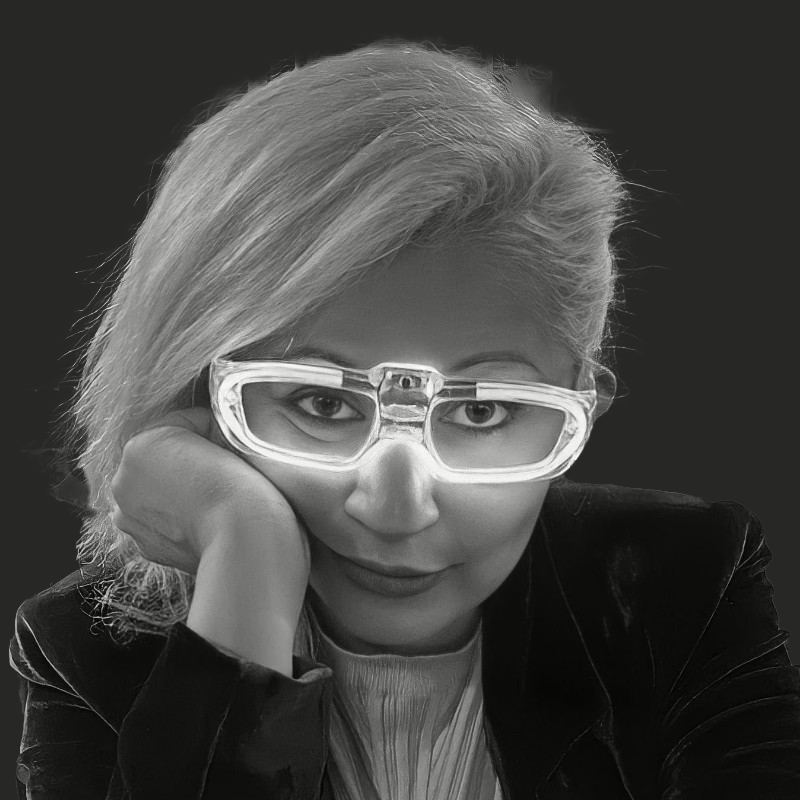What Virtual Reality technologies can learn from photography language and artists?
Recently, a friend from Brazil was visiting, and we decided to explore the art museum in Luzern. It’s an intriguing building near the train station, and perhaps I’ll dive into the technologies behind its structure another time.
At the museum, I encountered a fascinating exhibit from the artist Barbara Probst. The first room: twelve photographs taken simultaneously from twelve different perspectives of the same scene. Instantly, it made me think of Virtual Reality (VR).

In my creative processes, whether working with a team or building prototypes, I’m always looking for ways to document our work through photos and videos. However, I often feel constrained by the limitations of the frame. How can we capture the environment, the creative energy in the studio, and the interactions between people within such restricted boundaries?
I’ve experimented with 360-degree videos during my time directing [[LILO.ZONE]]. You can find some reflections on that experience in this post [[2021-09-01-360video-tour]].
Inspired by the exhibit, I imagined a VR environment where multiple perspectives are presented simultaneously. It might sound chaotic, but think about it: in a 360-degree virtual reality, why limit ourselves to a single observer’s point of view? Why not incorporate multiple perspectives, much like a Picasso painting in virtual reality? VR tech enthusiasts, let’s prototype this idea! Sure, it might make us dizzy, but isn’t that part of the adventure? After all, what’s virtual life without a bit of real-world vertigo? 😂


When we visit a museum, we encounter various forms of art: paintings, photographs, sculptures, videos, and installations. Each form brings different expectations. Some have two dimensions (2D), some have three (3D). For each one, we have some expectations. Drawings reveal everything at once, animations unfold over time, and sculptures invite us to explore them from multiple angles.
The picture on the left depicts a classic two-camera setup used to create a stereoscopic effect. It’s akin to traditional 3D cinema, attempting to simulate perspective with two planes: one for the subjects and another for the cameras.
In the picture on the right three boys are surrounded by three cameras, capturing three different views. This setup mimics the experience of walking around a sculpture. So, for me this was a 3D experience made by 2D photographs!
So, Barbara Probst’s work is playing around with our ideas about space and our cultural perceptions of spatialization. I’m inspired right now to see the same “play around” with VR. Who else is excited about this?
If you want to know more about the artist, here is the website Barbara Probst | Visual Artist
At Kunstmuseum Luzern
The curatorial text from the exhibition:
“Barbara Probst (1964) shows numerous works dating from more than 20 years in themed chapters which cannot be clearly separated from one another. Many of the works are being shown for the very first time. The artist completed many of them in Munich and New York, in her studios, on the roofs and on the streets of both those cities. One work was created in the empty exhibition rooms of the Kunstmuseum Luzern.
The exhibition title Subjective Evidence points to a fundamental theme: Where are we standing? What do we see? What direction are we coming from? In what direction are we looking? Barbara Probst’s approach is simple but effective. The artist gives rise to a certain confusion by presenting up to 13 photographs which were taken at the same time and can only be deciphered when looked at very precisely. To viewers this may seem as if the artist has divided a filmic action into individual images. In fact, her works are multi-perspectival views of one and the same moment in time.
When looking at them, we tend to join up the individual images so as to shape an action or a space. There is something detective-like about this process. It takes time, but provides great enjoyment, like when we suddenly discover cables, tripods and cameras in the images. Barbara Probst always exposes how her photographs are made, thereby enabling us to experience seeing as a conscious process.”
 Lina Lopes
Lina Lopes 

 A praline made of cheese - What are the odds?
A praline made of cheese - What are the odds?